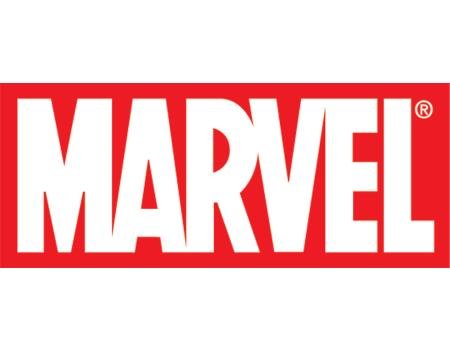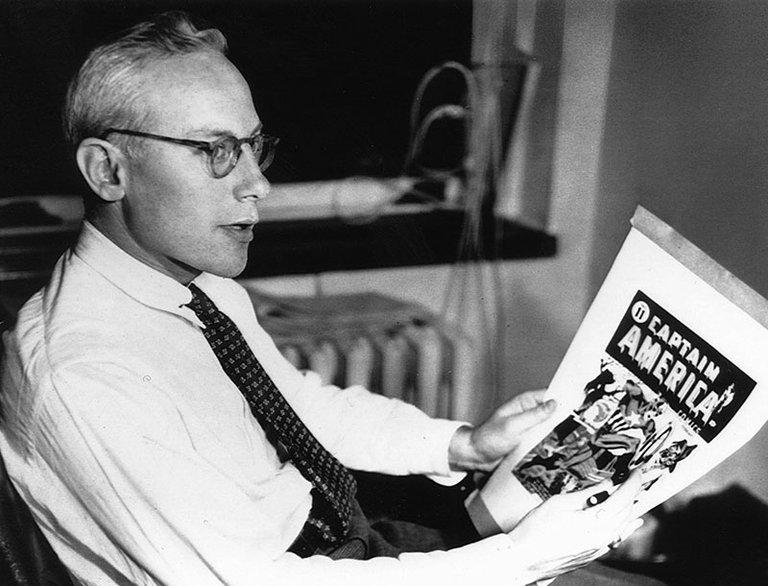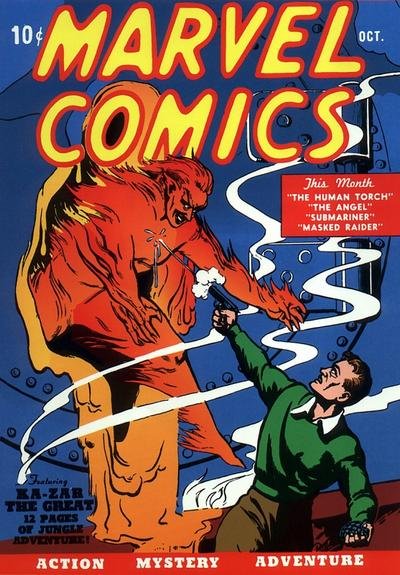When Marvel Wasn’t Marvel

Today, to hear the word “Marvel” is to hear about a universe full of some of the world’s greatest characters in popular culture; or perhaps you’re reminded of a multimedia titan whose fictional world spans media from comic books to television to movies and right up to the thousands of licensed merchandise out there; or maybe what comes to mind are the shining beacons of the whole medium and master creators like Jack Kirby, Steve Ditko, John Romita (both father and son) and Wally Wood, among others. Whatever you might think of when you hear the word, one thing seems to be clear: Marvel is a huge deal in popular culture as a whole that has – and will continue to – leave indelible marks wherever their properties appear, be it good (like the ones we’ve mentioned earlier) or bad (like the way they treated their artists beck in the 60’s or the whole Heroes reborn initiative way back in the 90’s).

But let’s go back to a time when Marvel as we know it today did not exist, during those days when the whole “comic book” thing was at its infancy. In that era, the idea of telling a graphic story in one, self-contained book was still a novelty. Prior to that, the only place where you could find picture tales was either on newspapers and magazines. However, when the whole concept of the physical comic book came into existence by the 1930’s and especially during the latter years of that decade when the first superheroes emerged, the fledgling industry experienced an initial boom that gave way to a variety of publishers that had their own heroes and villains going on adventures. One of these young companies that put out one of these humble little periodicals was located at 330 West 42nd St., New York and owned by a man who had already made a name for himself in publishing pulp novels, Martin Goodman. The publishing house’s name: Timely Comics. And maybe if you told Mr. Goodman back then about what his little comic book company would become in around 80 years or so, he probably would have choked on his cigar smoke as he laughed his socks off at the notion just before calling security and having you thrown out of the building, you time-travelling nerd.

In any case, Timely Comics was one of the many publishers that immediately followed suit upon news of National Comics’ (which in turn would one day be rival publisher DC) success with Jerry Siegel and Joe Shuster’s Super-man – yes, it had a hyphen back then. In answer, Goodman published what would be the first ever Timely comic ever, Marvel Comics #1, which featured the first Human Torch as written and drawn by Carl Burgos and the character that would retconned to be part of the X-men line decades later, Namor the Sub-Mariner, by Bill Everett.
But perhaps what would cement the reputation of Timely comics as a company that would stand the tests of time came in a year later, in 1940, with the arrival of two guys who were only relatively popular in the medium at the time: Joe Simon and Jack Kirby. And if you don’t know what they did, we’ll give you a clue: it involves a shield, Nazis getting socked right in their dumb faces, and Chris Evans.
I met Stan Lee at a DragonCon in Atlanta. What a man! I told him just how much I appreciated his work of genius in the comic industry. The guy is a class act!
Marvel>Dc